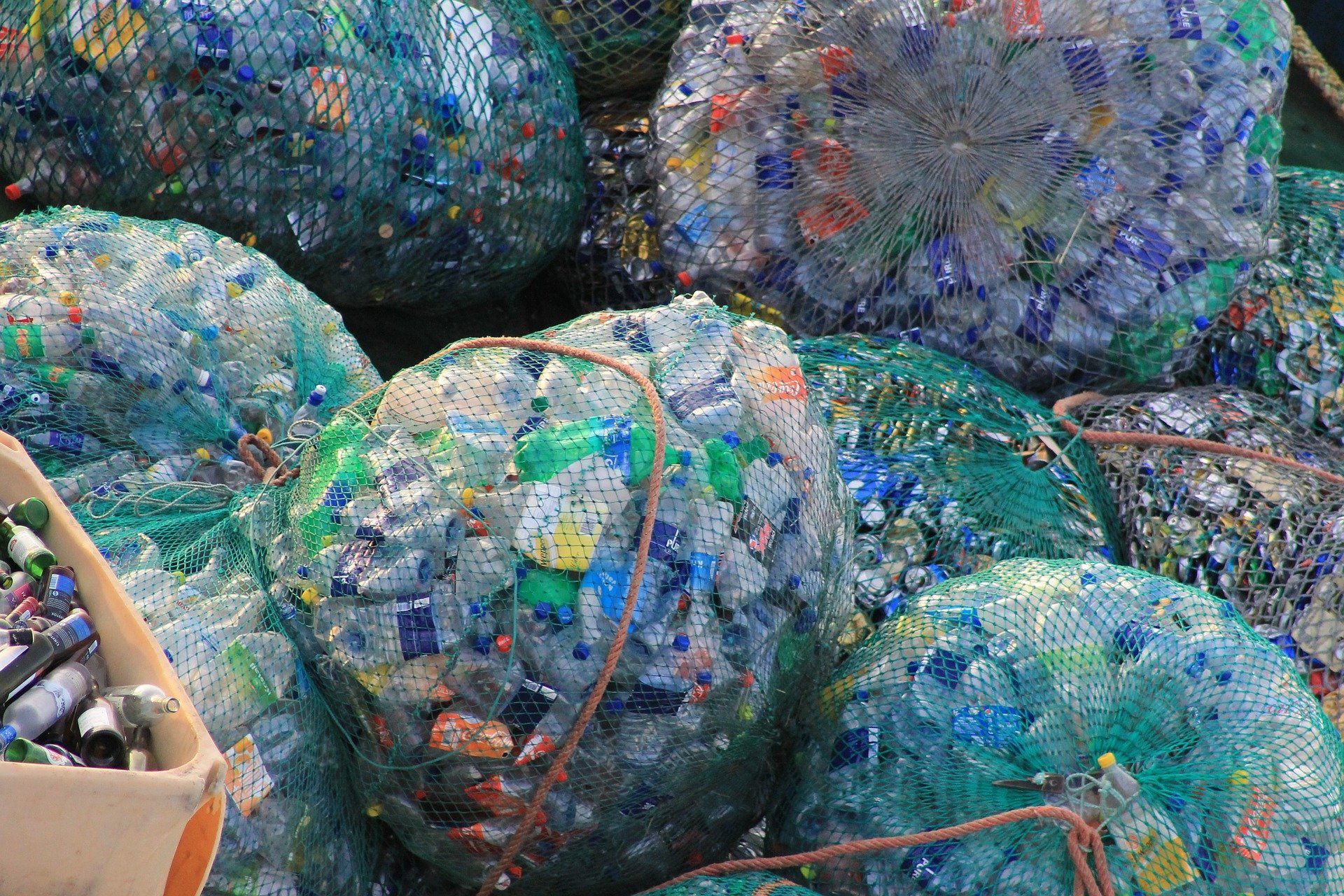
Plastic soup that threatens life in oceans can be removed by using innovative techniques. Although what is much more important, according to researcher Wouter Jan Strietman from the Dutch Wageningen University & Research (WUR) is to pinpoint the origin of this waste. When you know where it comes from, you can fight the problem at its source. At present, it is not known where exactly the waste comes from. Nor is it often known how it ended up in the sea.
If you can track down where the waste originates from, then you can prevent it from ending up in international waters by putting together all kinds of solutions. He draws this conclusion based on the results of a study of waste streams in the Dutch Wadden Sea. Results from the research carried out in September 2019 were publicized yesterday.
Tracking the origin of plastic
The research was done using the Litter ID-method that was developed at the WUR. For example, a lot of food products contain labels and best-before dates, such as confectionery packaging or margarine tubs. This means that their origins can be determined with the help of experts in the packaging field.
By using this Litter-ID method, the researchers want to provide sector organizations, public authorities, nature organizations, and other staheholders with insight into the cause and sources of waste in the oceans. More targeted and effective action can then be taken to tackle plastics in oceans on the basis of this information.
Waste can travel vast distances at sea
Strietman’s research has shown that waste in the sea can cover vast distances because it drifts along with the current. “We knew from the literature available that waste can travel these huge distances,” says Wouter Jan Strietman. “In previous research on Spitsbergen, Greenland, and Iceland, for instance, we found a plastic toy boat from England and a Jozo salt shaker from the Netherlands. The Jozo salt shaker shows that our Dutch waste can end up as foreign waste on the beach of one of our northern neighbors in no time.”
“Finding solutions for plastic soup is vital. After all, small and large animals, from plankton to whales, may suffer as a result of ingesting plastic or becoming entangled in it. Waste in the oceans also poses a safety risk to shipping because it can get into ship propellers. As soon as it is washed ashore, it is an eyesore for both coastal residents and tourists.”
Sifting through 340 kgs of rubbish
As part of the research, Strietman, his team and local stakeholders sifted through 340 kilos of litter washed ashore on the uninhabited Dutch Wadden Sea island of Griend. This litter had previously been collected by volunteers of the Dutch Society for Nature Conservation (St. Natuurmonumenten). During the research, they looked for any clues that could tell them something about the origin, causes, and interaction of the waste with the local ecosystem.
A total of 3700 pieces of rubbish was sorted by category. It soon became clear that most of it was made up of consumer and fisheries waste. Examples of consumer waste are candy wrappers, balloons, and cola bottles. Fisheries waste consists of, among other things, bits of fishing net and rope.
In order to be able to ascertain the origin of the waste, the researchers took a good look at external characteristics and texts on the waste. Strietman: “That’s how we found out, (as far all the waste that we managed to determine the origin of is concerned), that 80 % originated from the Netherlands. The remaining 20% of the waste mainly came from England and France. This was most likely carried along with the sea currents to Griend.”
Also interesting: Up-and-coming student comes up with innovative solution for plastic soup

